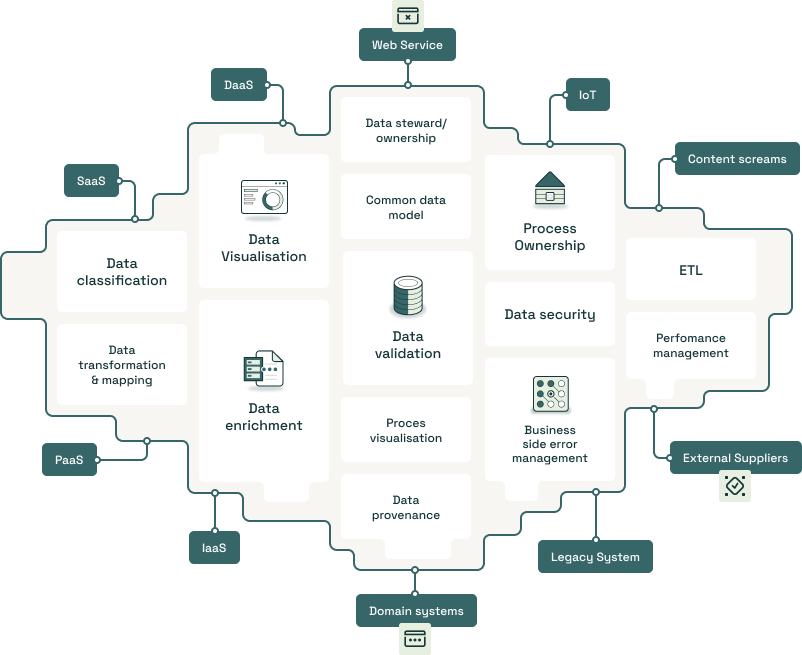I’ll oversee a high-level vision of the solution and ensure that integration runs smoothly to achieve the project’s strategic goals.
As experienced IT integration services pros with over 100 completed integration projects, we know the challenges you might be facing and can provide you with comprehensive consulting. We’ll help you plan your IT systems integration strategy, solve problems, and deliver a solution fitting your business needs.

























